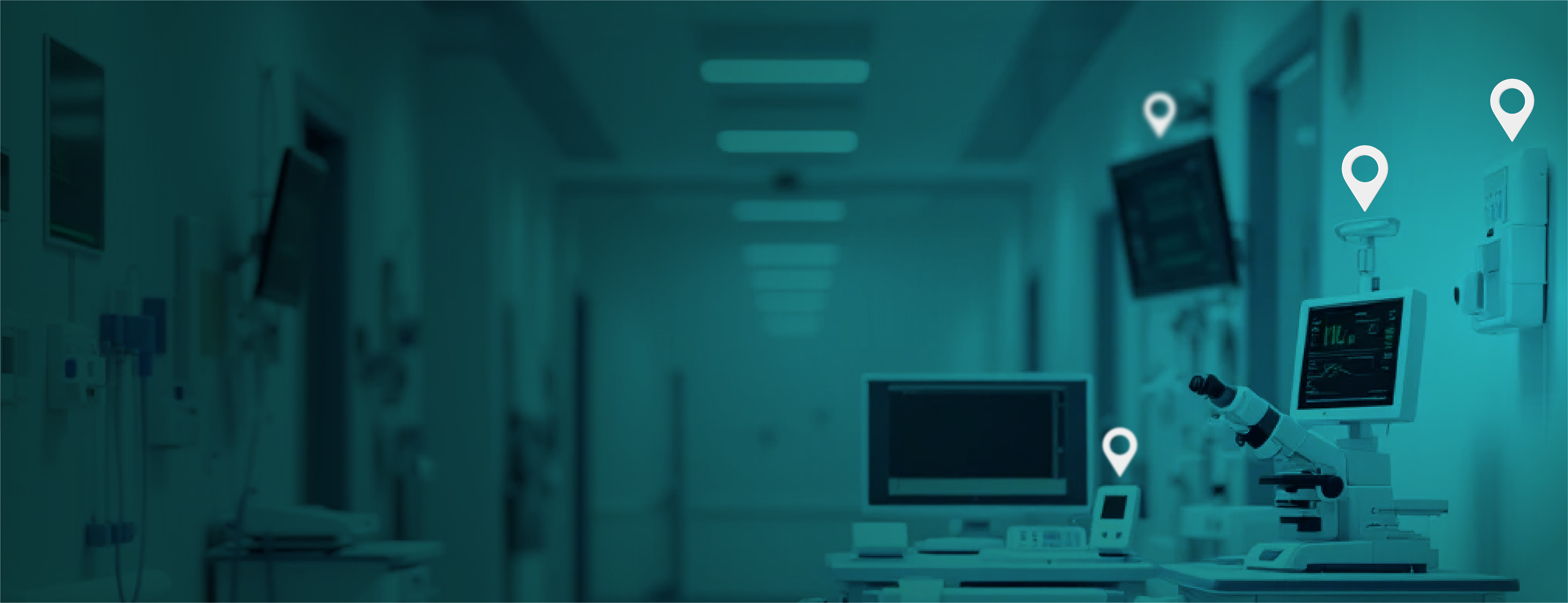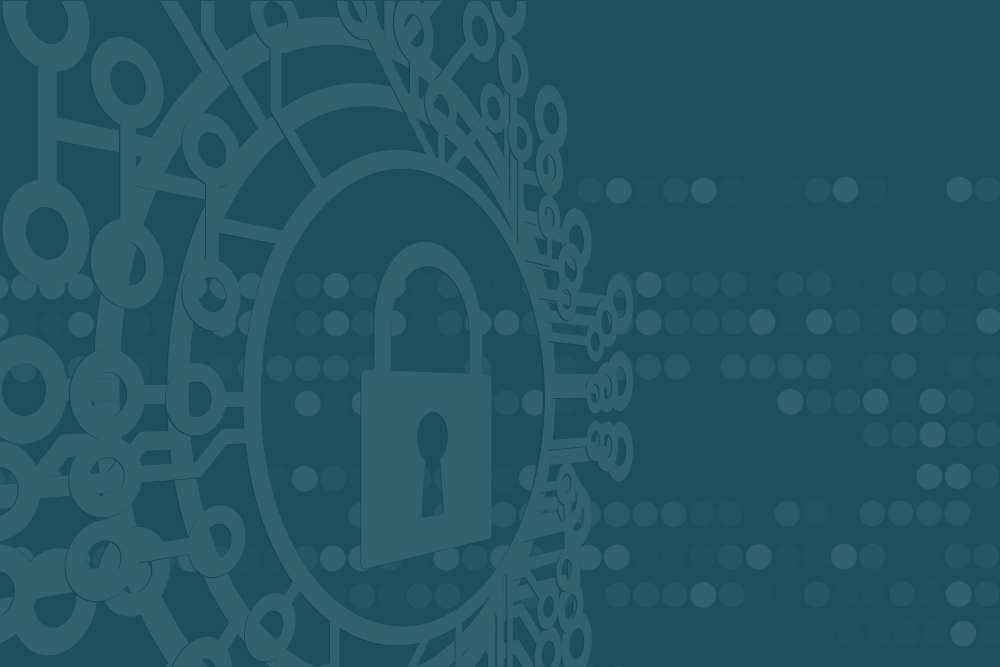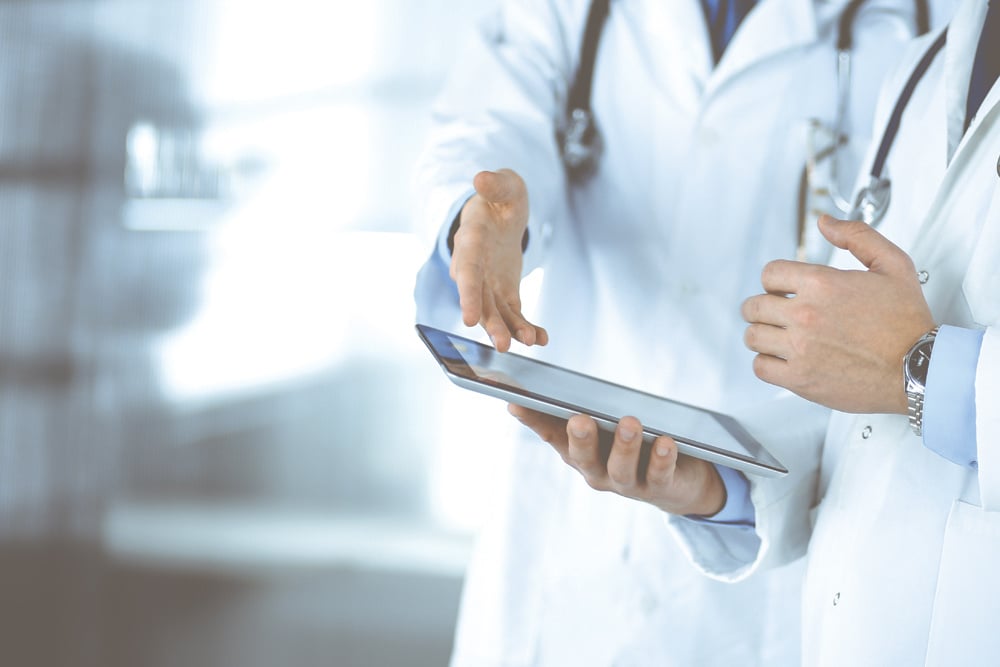The Biomedical Information Management (BIOMED) team in a hospital is the backbone of medical equipment management and is responsible for the upkeep, repair, and regulatory compliance of all biomedical assets.
Asset Tracking and Management:
BioMed’s challenge is maintaining a fine-tuned balance of equipment availability and readiness. RTLS revolutionizes this by providing live tracking of medical devices, ensuring that BioMed teams can carry a lean inventory without compromising care. It reduces the time spent searching for equipment, allowing for more focus on preventative maintenance and quality control, which is crucial for patient safety and operational efficiency.
Workflow Optimization:
The BioMed team’s workflow involves regular audits, maintenance, and sometimes urgent equipment retrieval. RTLS technology enhances these processes by delivering equipment usage data through movement patterns, known as geo-intelligence. This data assists the BioMed department with streamlining its operations, prioritizing work orders, and dispatching staff more effectively, saving valuable time and reducing the risk of equipment downtime.
Compliance and Regulation:
Adherence to maintenance schedules and regulatory standards is a non-negotiable aspect of the BioMed department’s responsibilities. With RTLS, hospitals can effortlessly track each piece of equipment for maintenance and upcoming service needs. The ability to perform the required maintenance, when necessary, enhances compliance with Joint Commission standards and other regulatory bodies, ensuring that all biomedical assets are serviced on time and are always audit-ready.
Resource Utilization:
RTLS technology provides the BioMed team with usage patterns and lifecycle data for each biomedical asset. Hospitals can optimize equipment allocation, avoid over-purchasing, and reduce overheads with this information. For outsourced BioMed services, precise asset tracking can lead to more accurate service billing and potential cost reductions.
Maintenance Scheduling:
For the BioMed team, proactivity is key. RTLS enables proactive maintenance by alerting the team to assets due for service based on real-time utilization data. This predictive approach to maintenance extends the lifespan of biomedical assets and ensures that the equipment is in peak condition, thereby enhancing patient care.
Management of Rental Equipment:
The hidden costs of rental equipment — particularly when items are misplaced or not returned on time — can be substantial. RTLS cuts through this by providing exact locations for all rented assets. Understanding the rental equipment location allows the BioMed team to manage these assets effectively, ensuring they are returned promptly, reducing rental expenses, and clearly understanding actual equipment needs versus rented equipment dependency.
Data-Driven Decisions:
Armed with RTLS data, the BioMed team can drive improvements across the hospital’s operations. This intelligence enables better forecasting for equipment needs, budgeting for new acquisitions, and even negotiating service contracts with vendors. The data can also support decision-making for equipment retirement, ensuring that the hospital only retains and maintains what is necessary and cost-effective.
Summary:
Integrating Real-Time Location Systems (RTLS) like TrueSpot’s MedSpot 360 represents a major advancement for BioMed departments, revolutionizing the management of hospital biomedical assets. These systems enable BioMed teams to swiftly find and maintain equipment, minimizing downtime and maintenance delays, which in turn prolongs asset lifespan and reduces hospital expenses. By preventing the need for unnecessary equipment purchases and optimizing the use of current assets, MEDSPOT 360 significantly enhances operational efficiency. The improvements brought about by these RTLS technologies not only elevate patient care but also decrease costs and enhance the overall performance of healthcare facilities, positioning them as essential tools for financial and clinical success.


